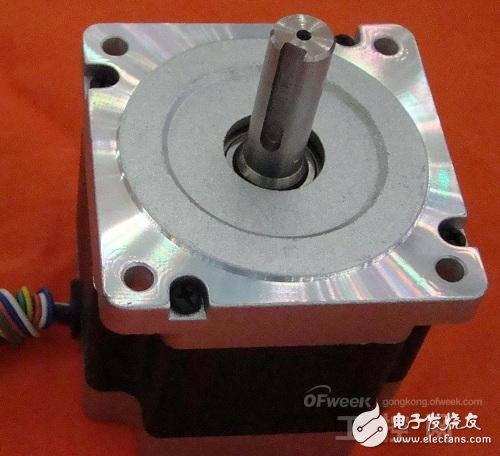Because the open-loop control system has the advantages of convenient operation and low price, the adoption of the reactive-type stepping motor is mainly based on open-loop control in China. Although stepper motors are widely used, they cannot be used under normal conditions like ordinary AC (direct) flow motors, and the running speed from the start point to the end point is under theoretical conditions, when the limit starting frequency of the motor is greater than the running speed. The motor can be operated as required and can reach the expected operating speed. At the end of the stroke, the pulse that can achieve the stop function can be immediately issued and the motor can be stopped. However, the actual situation is that the step start motor can achieve a lower limit start pre-rate, which is far from meeting the requirements of higher running speed. Under this working condition, if the motor is forced to start directly at the required speed (greater than the limit starting pre-rate), "lost step" or no response will occur. When the motor runs to the end point, although the pulse has been stopped immediately, so that it stops, due to the inertia, the phenomenon of overshooting occurs, that is, overshoot occurs.

It is particularly noteworthy that in order to ensure the positioning accuracy of the system (the speed of the motor is slow and slow, to prevent "out of step" or "overshoot") and to obtain high positioning speed, the mainstream system divides the positioning process into coarse The positioning phase and the fine positioning phase are performed. According to the production practice experience, “lost step†and “overshoot†are the two “criminals†that most often affect the positioning accuracy of stepper motors in the operation of stepper motors.
The main reasons for the inaccurate positioning include:
(1) The initial starting speed is required to be too high, exceeding the limit starting frequency of the motor, or the acceleration is too large, resulting in “lost steps;
(2) The power of the motor motor does not meet the requirements of the system;
(3) The working process of the actuator is subject to interference;
(4) The controller of the control system generates a malfunction;
(5) Loss of pulse during commutation, accurate positioning in one-way operation, deviation in positioning after commutation, and the more obvious the spring product is, although the number of commutation times increases;
(6) Software has design flaws;
(7) When using a timing belt, the software compensates too much or too little.
Fiber Optic Adaptor,Fiber Adaptor,Fiber Optic Adapter Kit,Fiber Connector Adapters
Huizhou Fibercan Industrial Co.Ltd , https://www.fibercaniot.com